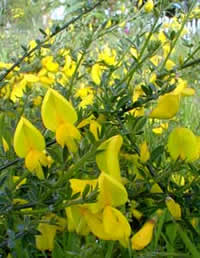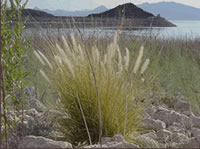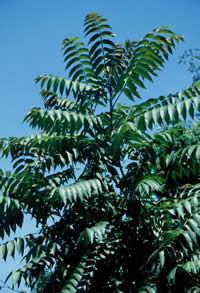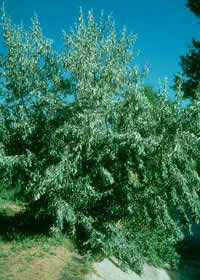USDA Forest Service Celebrating Wildflowers
|
|
|
Plants to Avoid in Your Garden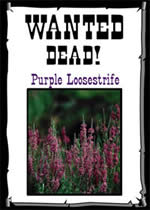 There are many beautiful flowers available to plant in your garden. Buyers BEWARE! There are many plants that you should avoid purchasing and plant in your area. Though beautiful, these plants may not be native to your region. In there native habitat, these plants are kept in check by natural controls. However, when introduced into a new landscape without natural predators or competitors, some species become invasive. These invasive plant species can spread and crowd out native plants and animals. To avoid introducing invasive plants in your garden, first find out if a particular plant is correct for your region. Ask your nursery for advice and consult websites such as Invasive.org and USDA Natural Resources Conservation Service PLANTS Database. Choose the Right Plants for Your RegionHere is a list of a few No-No! plants by Region. Northwest
Gorse (Ulex europaeus) Japanese knotweed (Polygonum cuspidatum) Mediterranean (or African) sage (Salvia aethiopis) Scotch Broom (Cytisus scoparius) Sulphur cinquefoil (Potentilla recta) Southwest
Camelthorn (Alhagi pseudalhagi) Fountaingrass (Pennisetum setaceum) Giant reed (Arundo donax) Tamarisk or Salt Cedar (Tamarix spp.) Toadflax or Butter and eggs (Linaria vulgaris, Linaria dalmatica) Northeast
Asian (or Oriental) Bittersweet (Celastrus orbiculata) Creeping buttercup (Ranunculus repens) Japanese knotweed (Polygonum cuspidatum) Porcelain berry (Ampelopsis brevipedunculata) Water Chestnut (Trapa natans) Tree of heaven (Ailanthus altissima) South/Southeast
Chinese tallow (Triadica sebifera or Sapium sebiferum) Congograss (Imperata cylindrica) Japanese climbing fern (Lygodium japonicum) Japanese honeysuckle (Lonicera japonica) Water Hyacinth (Eichhornia crassipes) Midwest/Plains
Bush honeysuckle (Lonicera maackii, Lonicera morrowii, Lonicera tatarica) Eurasian watermilfoil (Myriophyllum spicatum) European (or common) buckthorn (Rhamnus cathartica) Russian olive (Elaeagnus angustifolia) Sericea or Chinese lespedeza (Lespedeza cuneata) For More InformationTo learn more about horticultural invasives, visit The United States National Arboretum's "Invasive Plants" web page. Visit the The United States National Arboretum's "Kick the Invasive Exotic Gardening Habit with Great Native Plant Alternatives" web page to explore native alternatives to exotic plant species. |
|
| NOTE: PDF format links require the Adobe Acrobat Reader to view. | |
| top | Disclaimers | FOIA | Privacy Policy | Quality of Information | Photo Credits & Use |
Location: http://www.fs.fed.us/wildflowers/nativegardening/avoid.shtml
Last modified: Tuesday, 24-Jun-2008 21:54:49 EDT
